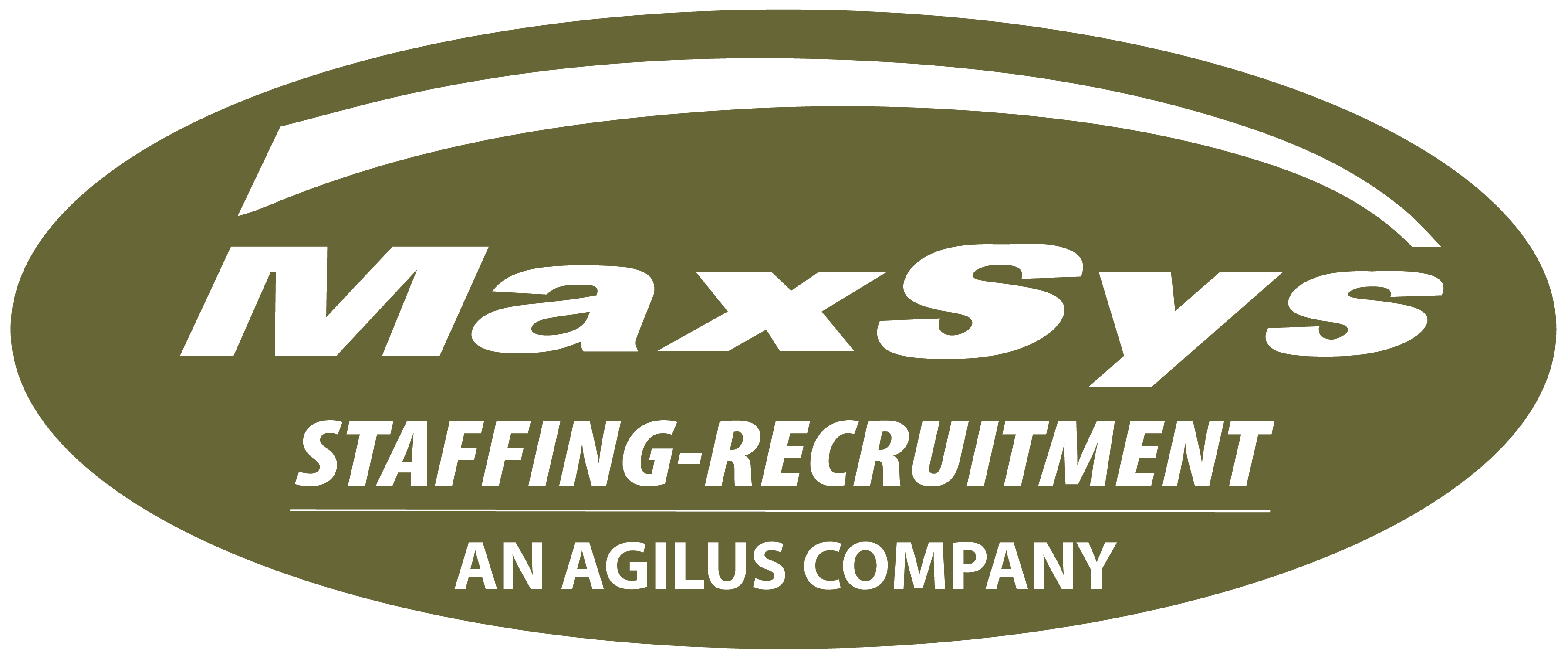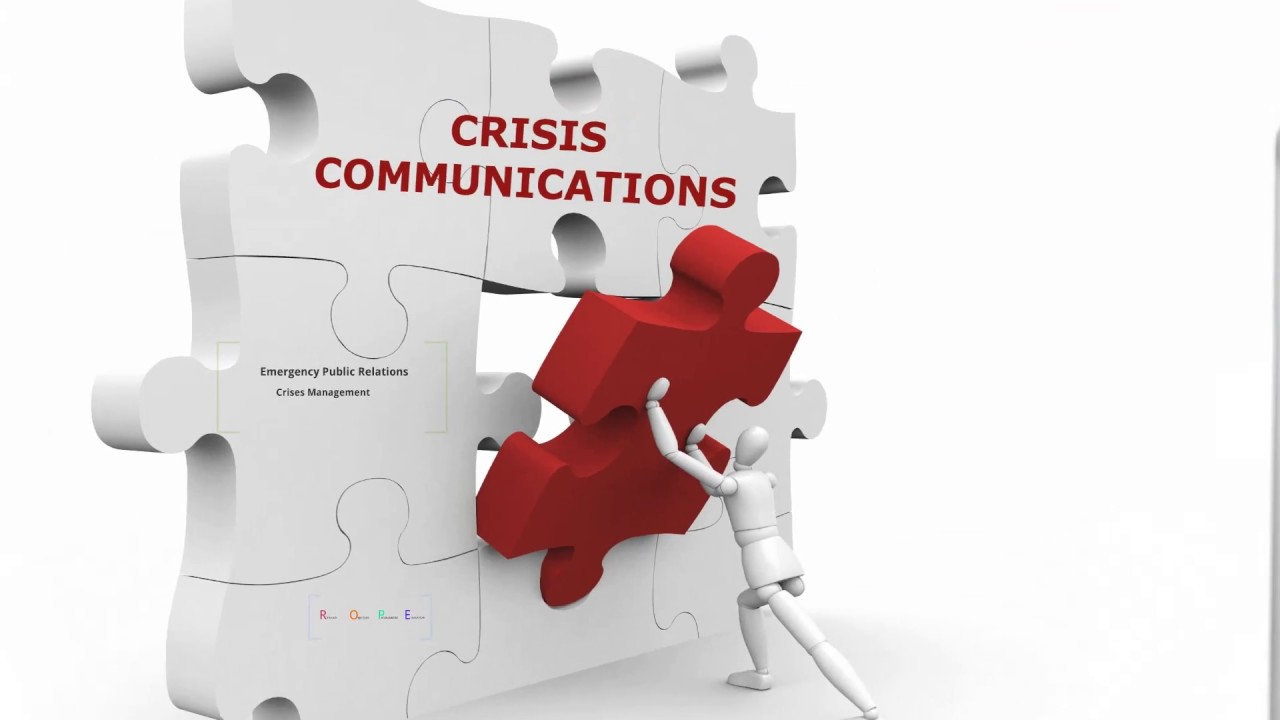April 6, 2020
Employee Communications in a Crisis
The novel coronavirus (COVID-19) has created an unexpected and tremendous amount of stress on Canadian businesses in a very short period of time. Since first recognized by the World Health Organization (WHO) in early January, the global spread of the virus has lead to an increasing number of cases in Canada and subsequent containment measures by all levels of government and organizations across our country.
As new cases and ‘curve-flattening’ announcements continue to occur, the personal and professional impact has heightened employee concerns. As part of the organizational response to the COVID-19 pandemic, developing and delivering an integrated communication strategy and plan is critical to lead your people through these uncertain and unpredictable times.
Three critical objectives of an employee communication plan
A successful communication strategy and plan will have three important components: inform, reassure, and direct. Working together, these can have a positive impact on your employees.
- Inform. First, leaders need to provide up-to-date, accurate information and internal policies. Inform staff about reliable information sources, flexible workplace policies related to COVID-19, and clear instructions on what to do in specific scenarios.
- Reassure. Simultaneously, leaders need to recognize and address employee concerns and reassure existing anxieties and fears. To be most effective, leaders need to be authentic, transparent, and empathetic in their messaging.
- Direct. Consistent and frequent messaging that informs and reassures will help your organization manage misperceptions of the known and calm fears of the unknown.
To maximize reach and achieve sustained benefits, the communication rhythms of inform, reassure, and direct need to be continuous and coordinated, with messages delivered via multiple channels. The concept of over-communication does not exist in the current climate. Likewise, prioritize a communication schedule according to employee needs. Deliver inform and reassure messages first, with direct messages planned for future distribution.
How can you communicate effectively?
Develop specific communication materials for your people managers. People managers are the first point of contact for employees; they must be clear on their role and expectations and well-prepared to respond to questions and reinforce key messages. If people managers are not aligned with senior leadership, it can cause confusion and negatively affect employee momentum.
Communication strategies and plans can be challenging under normal circumstances—and the complications are presently more considerable. All communications are under an employee microscope; messages must be objective, accurate, and delivered in a timely manner. Regular updates are key. Acknowledge what you don’t currently know and provide answers as they become available rather than waiting for all the information. Infrequent or incorrect communication will only lead to more employee fears, further workforce disruption, and potential long-term impacts on employee engagement.
Navigating now and benefitting later
The outcomes of a successful integrated communication strategy and plan will help provide a foundation to navigate your organization through the turbulent COVID-19 pandemic environment.
Organizations that invest in proper communication will not only positively influence employee behaviours and better position themselves to manage disruption; they will also earn the trust, respect, and loyalty of their employees that extends into a future where the COVID-19 pandemic is in the rear-view mirror.


